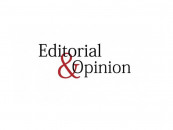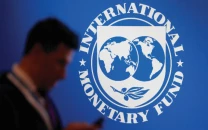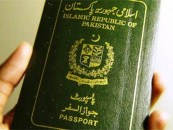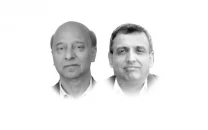Financially excluded women
The only way to address these qualms is through financial literacy programmes

Pakistan's financial inclusion landscape reveals a tale of two realities - while overall access quadrupled between 2013 and 2024, rising from 8% to 35% during that period, there is a sharp gender gap that needs to be addressed.
According to the Karandaaz Financial Inclusion Survey 2024, only 14% of women own a financial account, compared to 56% of men. This gap has actually widened over the past decade, suggesting that the minimal improvement in women's inclusion is almost an afterthought. One major hurdle is technological. Mobile ownership is a gateway to digital finance, but while 82% of men have one, only 46% of women have the same. Complicating matters is the fact that only a small portion of women with cell phones actually have SIMs registered in their own names — 47% — compared to 78% of men. As mobile wallet users must have SIMs registered in their own names, this means most women can't open a mobile wallet.
Also disappointing is the fact that women's inclusion rate is appallingly low in every major city and region. Even in Punjab, only 17% of women are included, compared to 62% of men, while the number drops to single digits in Balochistan, and just 1% in AJK. The State Bank's "Banking on Equality" policy is a start, but institutions must treat women's inclusion as an economic imperative. Account ownership alone is insufficient. Women's accounts frequently lie dormant due to distrust in institutions or reliance on informal credit networks, which serve an overwhelming majority — 85% — of adults.
The only way to address these qualms is through financial literacy programmes. Pakistan cannot achieve UN's SDGs on poverty or equality while 86% of women remain financially invisible. Technology has spurred progress, but without dismantling the structural and cultural barricades, "inclusion" will remain a male privilege.














COMMENTS
Comments are moderated and generally will be posted if they are on-topic and not abusive.
For more information, please see our Comments FAQ